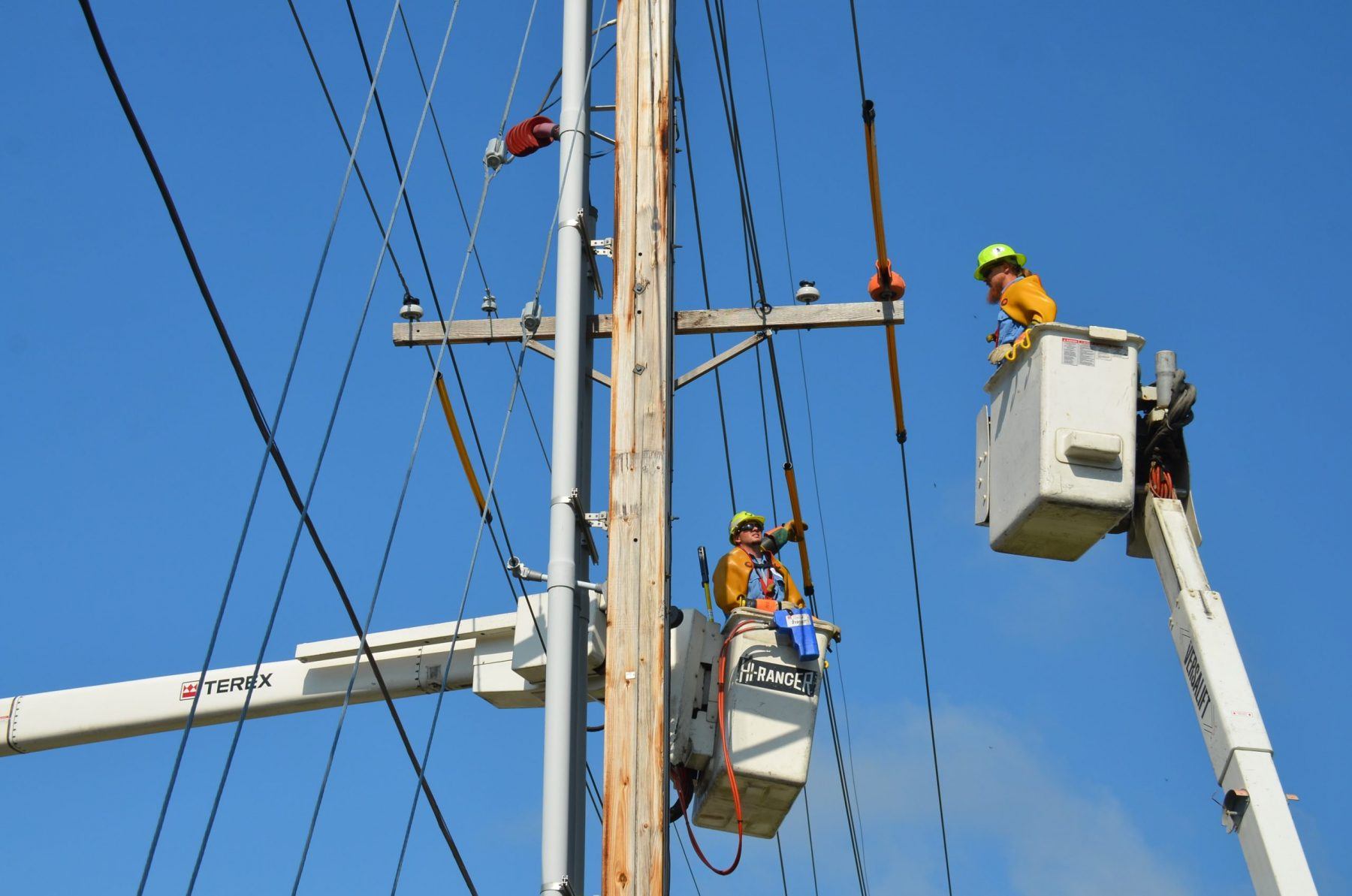
Connecting to Each Other in this Modern World
Fahe has written about broadband for the Appalachian region and returns to it today to make two underappreciated points on broadband that I believe would benefit from federal action. First, broadband access and affordability is a problem in our largest cities, and second, America has a “missing middle mile” problem because the lion’s share of investment prioritizes getting another new home or business connected to the infrastructure we have.
You may have heard of kids having to go to the public library in town because they don’t have broadband in their home, which we can all agree is not good in the United States in 2020. This isn’t only in small towns, but also happens in large cities around the country, as a 2017 Brookings report clearly shows. Knoxville, Baltimore, even sun belt Houston, Texas exhibit wide swaths of the city with broadband adoption rates of below 40%.
Research and common sense has shown that these low household subscription rates are mainly due to low availability of high-speed broadband, combined with higher prices for when it is available, typically in poorer parts of town or those with a majority of black and brown residents. This practice of not offering a product or offering only at a high price is sometimes referred to as “digital redlining” of neighborhoods by the telecom companies, named after similar practices by banks in not providing housing finance to black and brown Americans, poorer Americans, or even those culturally apart like recent immigrants or migrants from Appalachia to the larger American cities.
Another part of the broadband ecosystem that does not get a lot of attention is the broadband connections between the major large fiber optic lines and the end users all over this big beautiful country. This part of the infrastructure is sometimes referred to as “middle mile” broadband. The Federal Communications Commission and United States Department of Agriculture investment in broadband typically targets maximizing connections to the end users. This is a laudable goal that Fahe supports, but if the roots are not good the plant will suffer, so federal investment in those middle mile “roots” is a good policy move.
Right now, in the absence of this common-sense federal investment in middle mile we are seeing states doing the best they can, from Kentucky’s troubled Kentucky Wired program to West Virginia inviting in Facebook’s fiber company to Virginia’s legislative appropriations approach. The risk is that states will have very uneven access to middle mile infrastructure, and we believe it is a national goal that the Congress should step in and make happen to leave no area behind.
Ensuring all our cities and our countryside have affordable broadband and adopt it would benefit from a federal investment in access, where private, co-op, public, or nonprofit providers could build out high speeds to all Americans. This investment can ensure that people in cities as well as small towns are connected in their homes no matter what part of town they live in. This investment can also build out that important “middle mile” so that homes and businesses take advantage of the faster connections current investments are prioritizing. Fahe plans to say more about broadband in the future, but today we highlight these important ongoing issues to be included in the debate.
